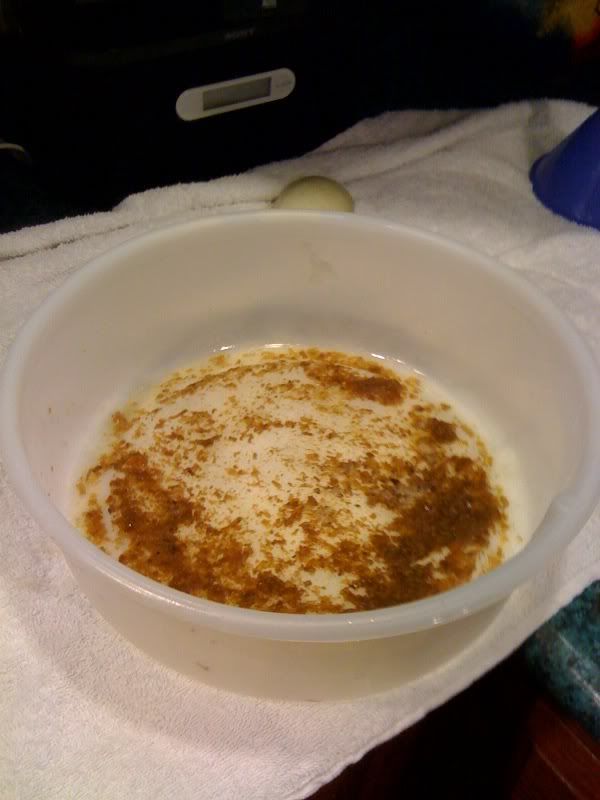My question is how do you guys separate cold break materials from your wort? In my set-up I don't have a ball valve equipped boil kettle so whirlpooling won't work unless I syphon. Would straining it make a difference? How do you handle cold break material?
Currently I dump about 75% of my boil kettle solids right into the fermenter which certainly adds to the trub on hoppier biers. Guess it doesn't hurt to mention that some cold break material is a good thing as it provides nutrients for the yeast during early stages of fermentation.
Sound off & Schlante,
Phillip
Currently I dump about 75% of my boil kettle solids right into the fermenter which certainly adds to the trub on hoppier biers. Guess it doesn't hurt to mention that some cold break material is a good thing as it provides nutrients for the yeast during early stages of fermentation.
Sound off & Schlante,
Phillip



